|
Took part in a HISTORYtalk event last night with Natalie Marr and Emily Ballard from Latymer Projects. I screened two short films called Flood Light (2010) and Home (2012). Also a selection of images culled from my archive research into the Grand Union Canal, Westway, Slum Clearance Programme and Silchester Estate development. This was a good opportunity for me to review my practice and to talk about maps created as part of my work. The first map, West London Waterways, was made in 2009 as part of a development bursary for the Cultural Olympiad. This got me noticed by the Arts Officer in RBKC and I was commissioned to stage an arts event as part of InTRANSIT 2010. Flood Light was a participatory film making project getting local residents and Londoners to connect with the inter-related legacy of the Grand Union Canal and Westway (A40). Naturally, I made a map and invited people to creatively journey across this landscape. Ten other film makers took up the challenge and produced excellent films. I was able to present this at the Portobello Film Festival alongside my own work. As a follow-up project, Home is about the last house demolished for the Westway. It's based on an evocative photograph taken by Mary Miller in the late 1960s. For several months I've been obsessively trying to find out more about this lost house and the home owner who refused to be moved as the wider area was demolished for slum clearance and Westway road building. No luck so far. I have microfiche disorder. At this juncture in time, I'm working with Latymer projects editing analogue and digital maps. We want to focus on the area around Bramley Road, Freston Road and the Silchester Estate in W10. This is an area steeped in radical history: 1958 race riot, Westway activism and Frestonia. It is also about to undergo regeneration (again) and our map will hopefully represent issues around community and housing. Check out the excellent map (below) made by Allan Tyrrell. For a full low down, visit the Latymer Mapping project website. 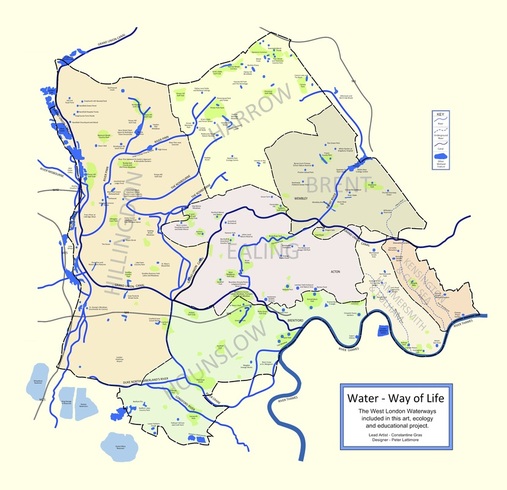 West London Waterways map, 2009. Inspiration for my eco-arts projects based around blue and green spaces in West London. 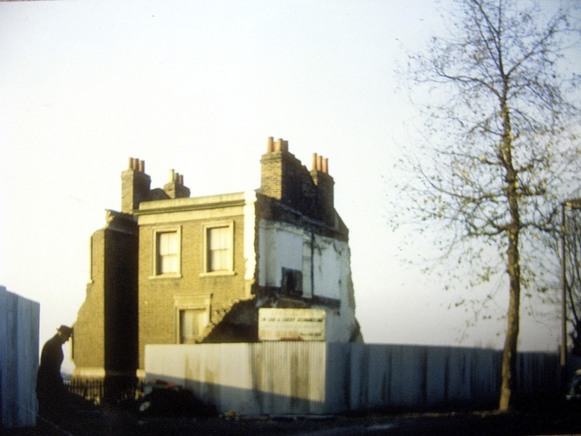 Last house demolished for the Westway, late 1960s. Photo by Mary Miller. © RBKC Local Studies and Archive. The American photographer, W. Eugene Smith, spent several years documenting the city of Pittsburgh in the mid 1950s. He shot 20,000 negatives, but failed to synthesis his vision into a coherent, digestible form that could be rendered in any magazine, book or exhibition. Retrospectively, we are left with a beguiling set of images that anatomizes a city: heart, lungs and soul. I have attempted a similar project albeit on a far humbler scale, talent wise. Over a period of four years, I visited and photographed Glasgow and Edinburgh with the aim of peeling back the fabric of its built environment. This was a pre-digital project, trusting my vision to the time-delay qualities of film. Several years went by as I meditated on the project. I enjoyed looking at Blurb books covering Glasgow and Edinburgh: Edinburgh 2009-2011, A Photographic Urban Study by Fotis Milionis The City Breathes (Tales of Urban Soul Searching) by Neil Boyd Lines and Curves: A Constructivist View Point by Sefa Ucbas Edinburgh Police Boxes by Malcolm Irving In 2012, I finally edited and published a photo book called Glasgow and Edinburgh: Built Environment from Gulf War to Harry Potter, 2003-2007.
It's a bummer when you come down with a seasonal, or increasingly, unseasonal virus.
Exhausted and bed-bound for several days, I tried to complete the book that I had started reading prior to my malaise. Henry James, Portrait of a Lady, is a riveting, textually-dense narrative about an American, Isabel Archer, and her relationship with men, money and compromised self-worth. I picked the book up as background research into the year 1881. This is mid-James and so the sentence structure and syntax isn't too overwhelming. However, the noise from next door, the scraping of walls and the ripping out of fabric, is proving a distraction to the prose. The house next to mine has just been purchased. It had been vacant for approximately four years. Now the new owners, brothers it transpires, are going to bring it up to speed with all the neat terrace property in the area. The Irish ladies who used to live in the house have now sadly passed beyond human care. I fondly remember their friendly nosiness, precise routines for shopping and church going. The green family car. Not forgetting those enormous knickers and corsets that used to hang in the back garden; I have a snap-shot of this somewhere in my archive. Here are some images of their mattress and carpets being recycled. A portrait of furniture and fixtures from the twentieth century. |
Categories
All
Archives
May 2024
|
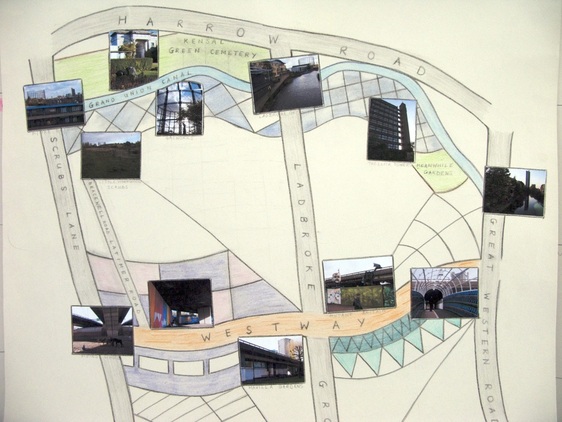
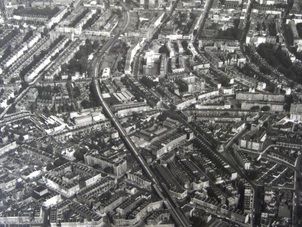
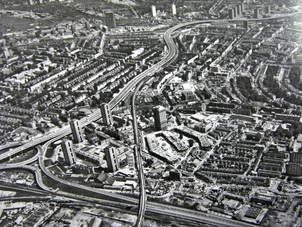
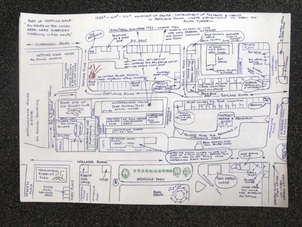
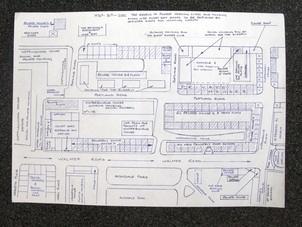
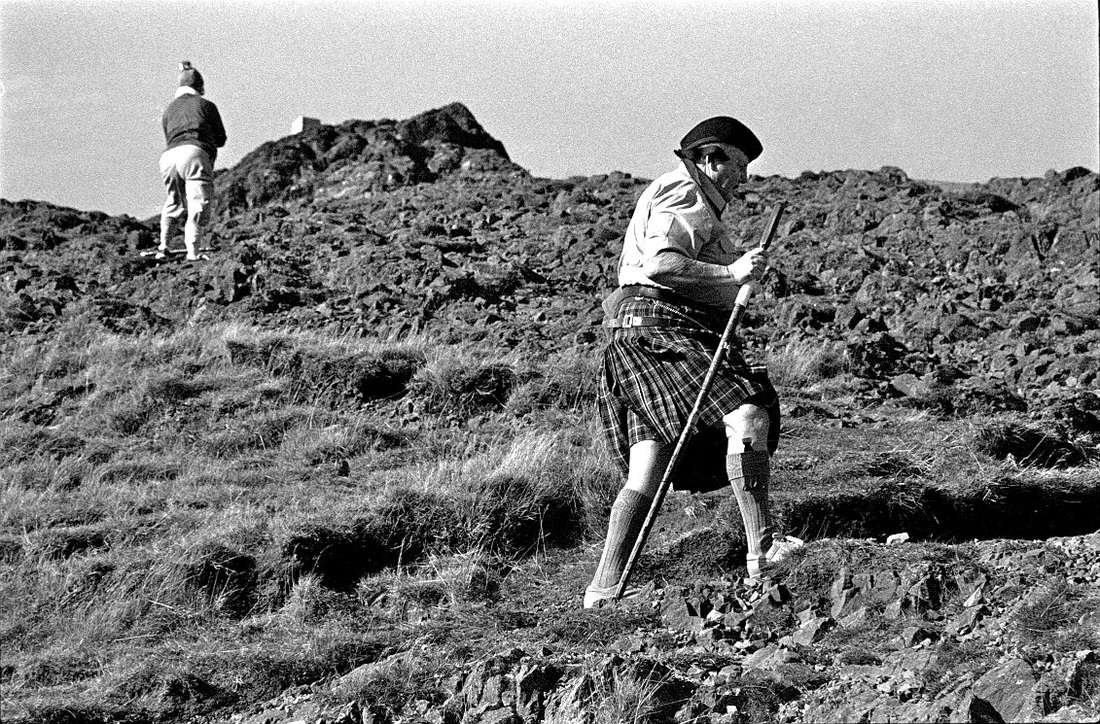
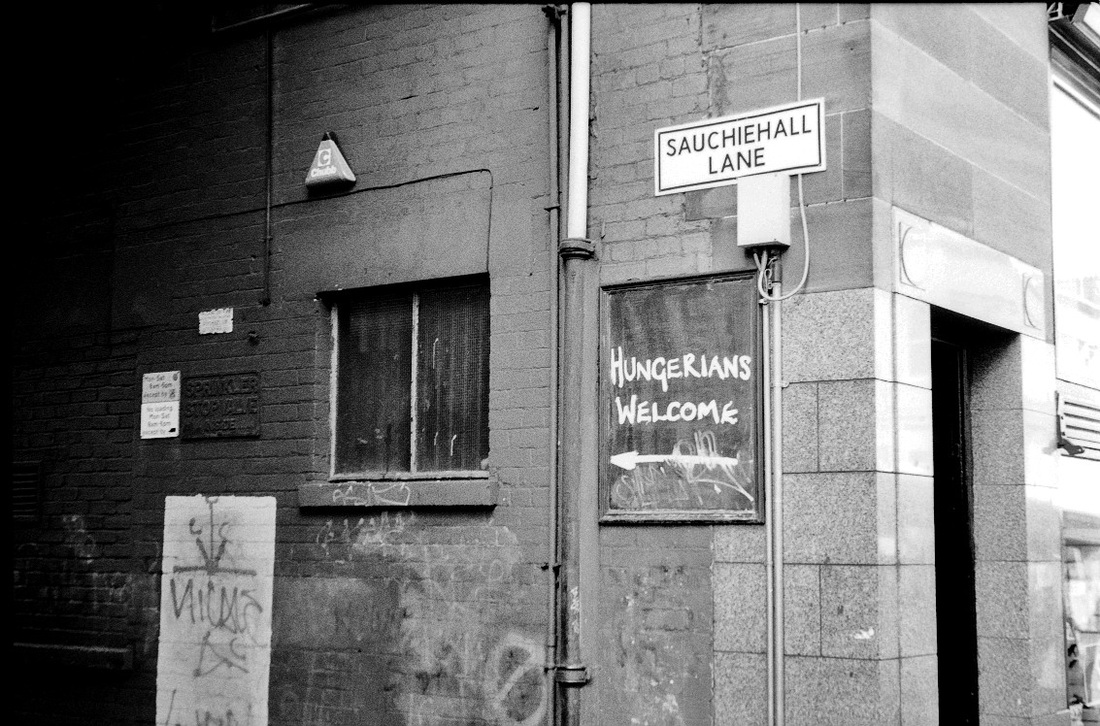
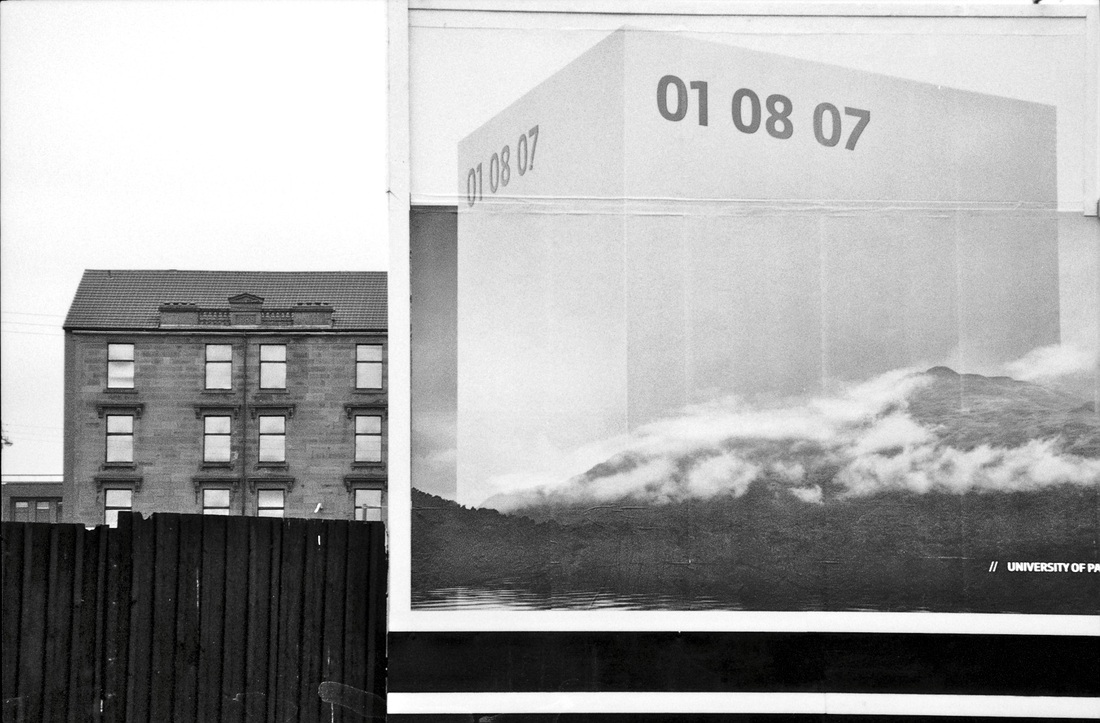
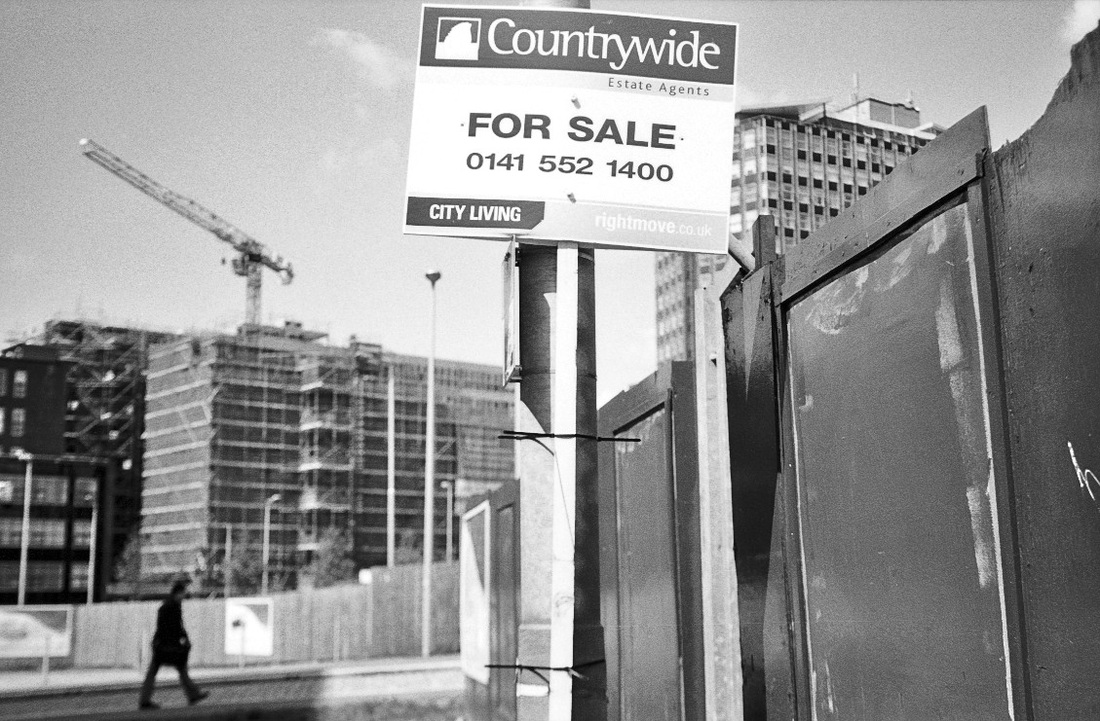


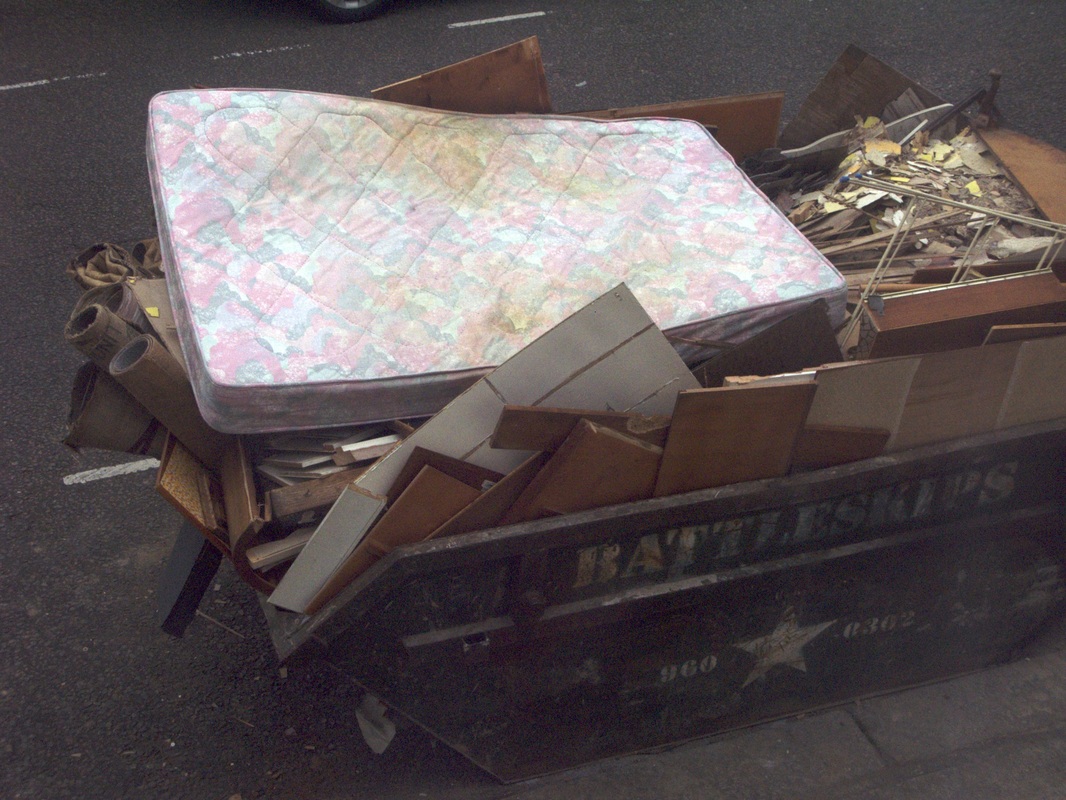
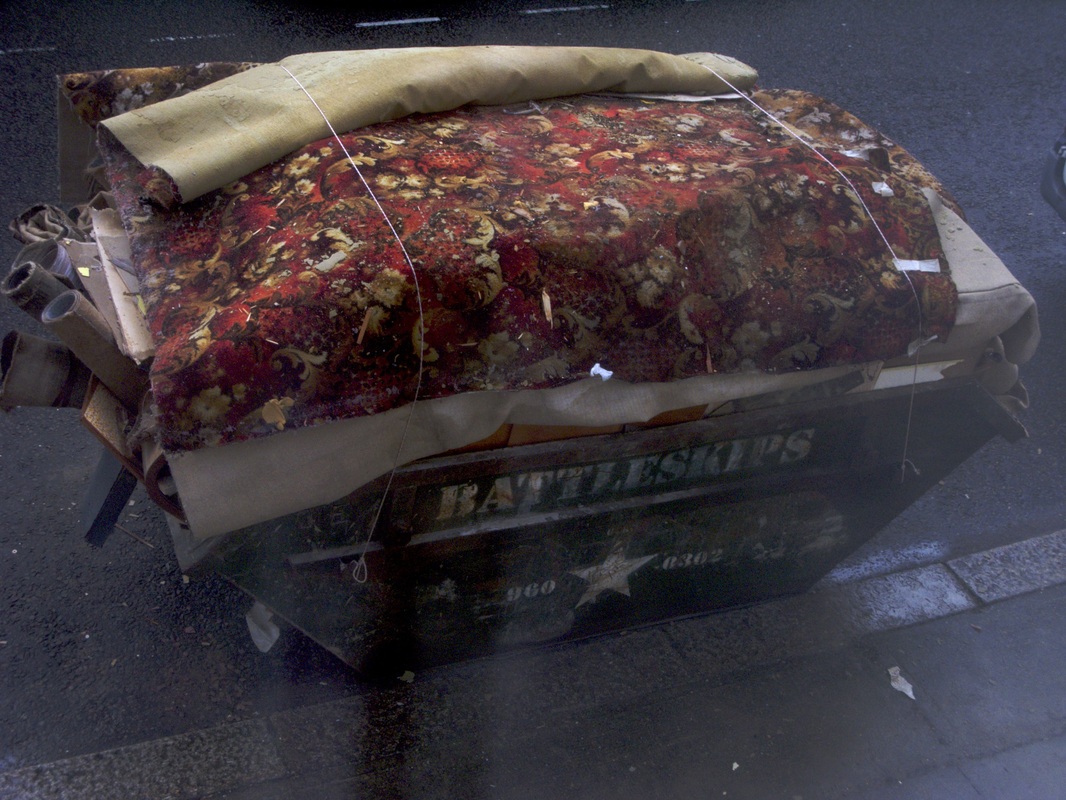
 RSS Feed
RSS Feed
